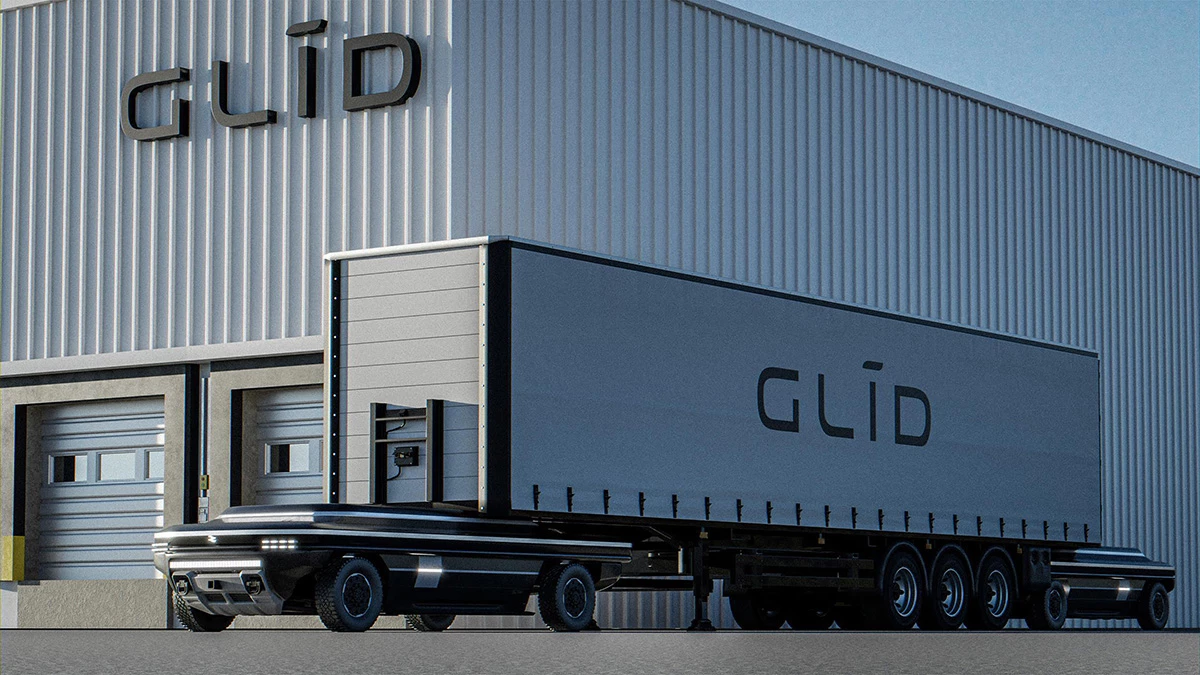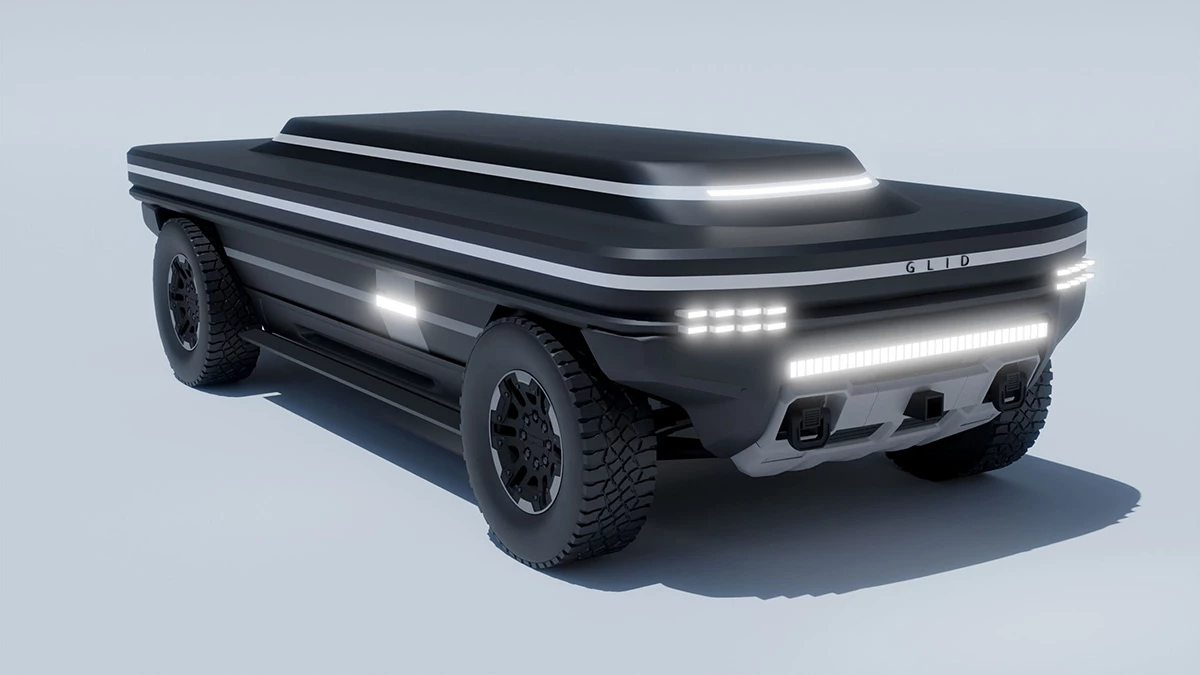Dual-mode vehicles that can travel on roads and rails have been around for a while now, with the idea first having been explored over a century ago. In 2025, we're going autonomous: a Utah-based startup is set to launch a pilot project running its autonomous road-rail vehicle on California's Skunk Train route this year.
Glid Technologies, which hails from Salt Lake City, has partnered with Mendocino Railway to integrate the former's Glider M hybrid-powered manned road-to-rail vehicle, along with an autonomous version, onto the 40-mile heritage and freight route along the Willits-to-Fort Bragg corridor in California.
Road-to-rail vehicles, sometimes called hi-rail vehicles, typically find use in transporting goods, infrastructure construction and utility maintenance work, and emergency response. From Glid's website, it appears the company is focused purely on moving cargo at this point: mined materials, agricultural produce, waste, and military equipment.

The announcement reveals an intent to "revitalize underutilized infrastructure, decarbonize local supply chains, and reimagine logistics for rural and underserved communities." Indeed, the project sounds like it could help make better use of this historic Californian rail route, and help Glid further develop its hybrid vehicle tech to offer cheaper freight options to logistics companies.
Honestly, I'm just here to see if Glid's vehicles are for real. The startup's futuristic Glider vehicle looks like a rolling platform with wheels and no cab for a driver. It's said to be able to carry a fully loaded semi trailer weighing up to 80,000 lb (36,000 kg) on asphalt, and then hop on to rails to travel at up to 80 mph (129 km/h).

Glid says these will be equipped with autonomous tech to "enable them to autonomously connect to the king pin and rear axel of a semi-trailer and then drive from our private lots and onto the rails, without ever needing a driver." They can then be remotely controlled by humans from a central command center.
Glid says that autonomous model will be fully electric; it's also got the GliderM Alpha, a biodiesel hybrid road-to-rail truck destined for the Skunk Train route. Check out a 3D-rendered demonstration of the vehicle in the video below:
The company boasts patented tech, a purchase order with an unnamed trucked company, and leadership with experience at futuristic transport companies like Canoo and SpaceX. However, I haven't been able to find a whole lot more about the company's operations, or get a look at the company's vehicle prototypes out in the real world. Hopefully that's just my myopia and there's a lot happening behind the scenes. We'll keep an eye out for these driverless hi-rails and share more when there's stuff to show you.
Source: Glid via EIN Presswire





